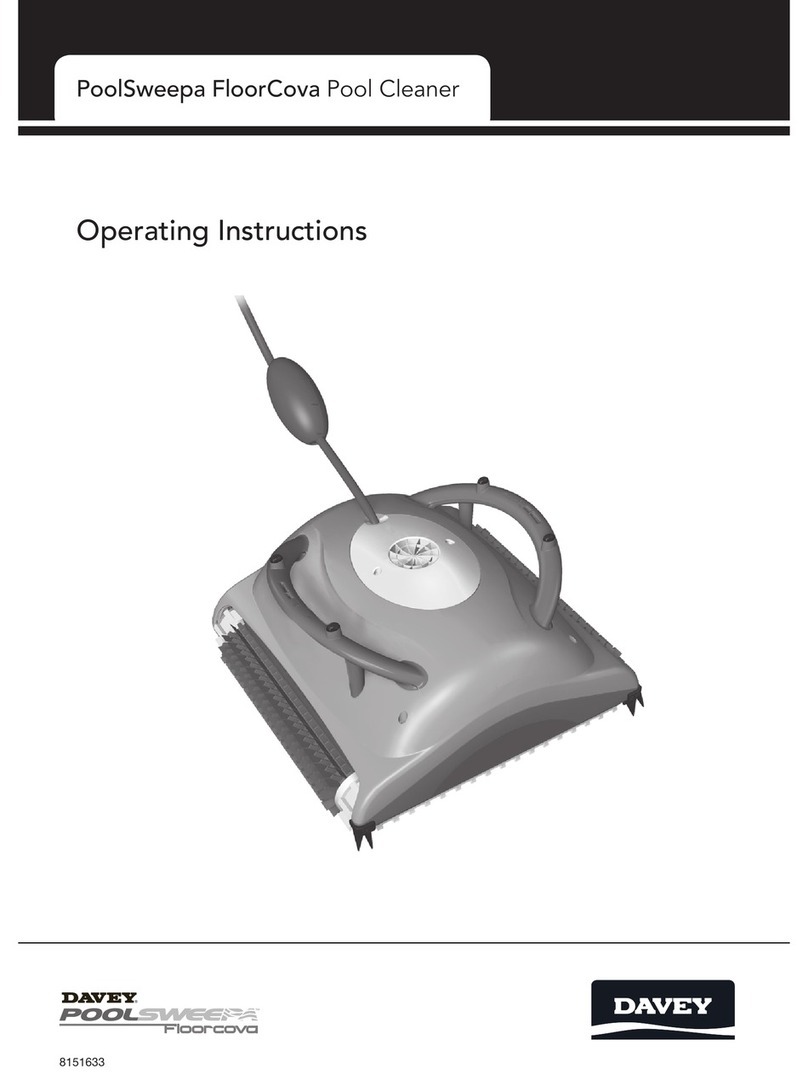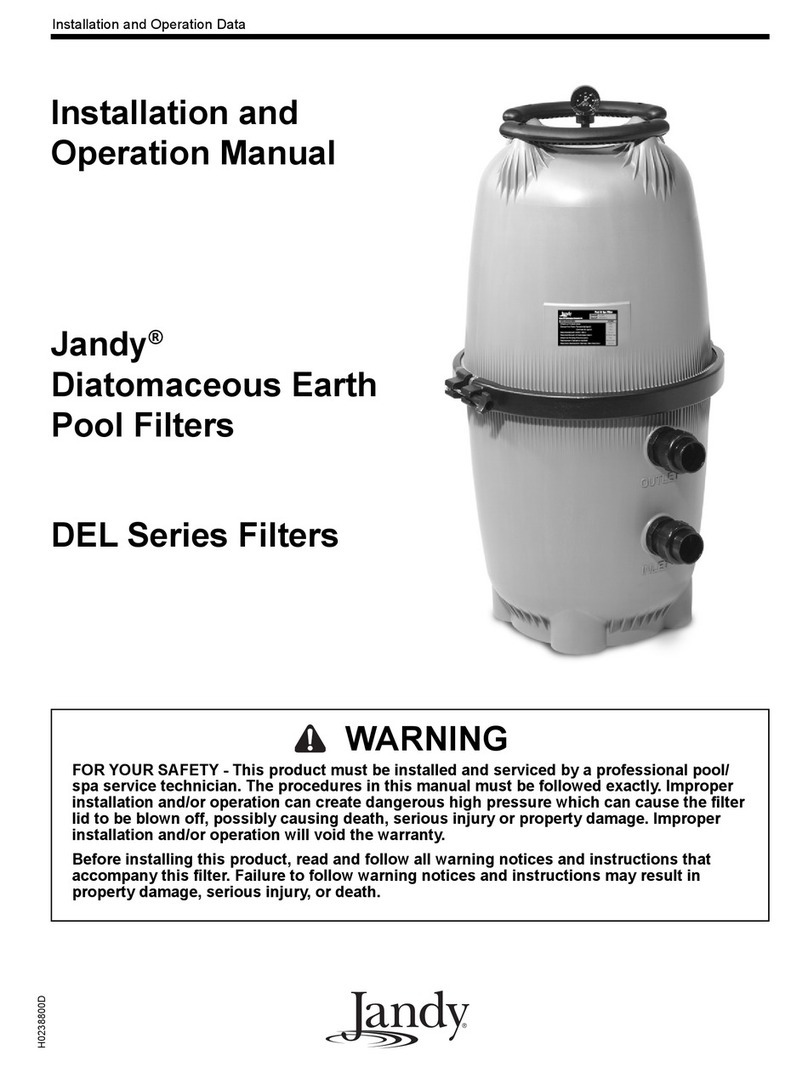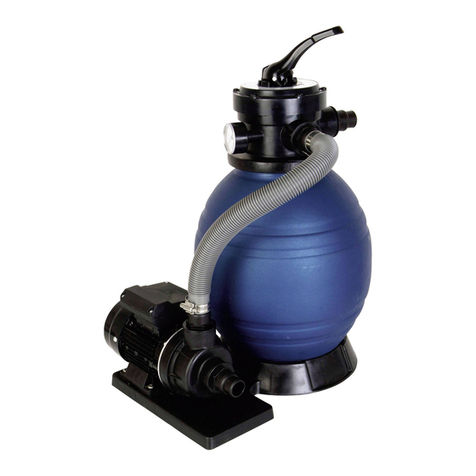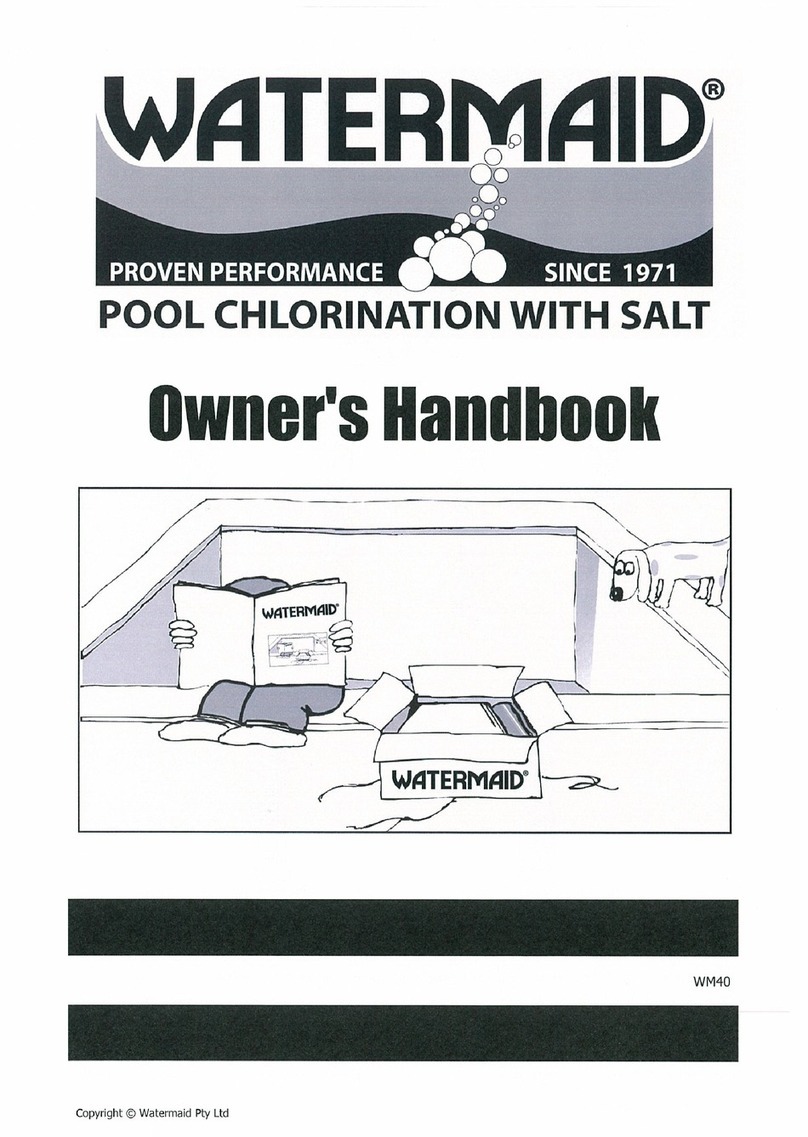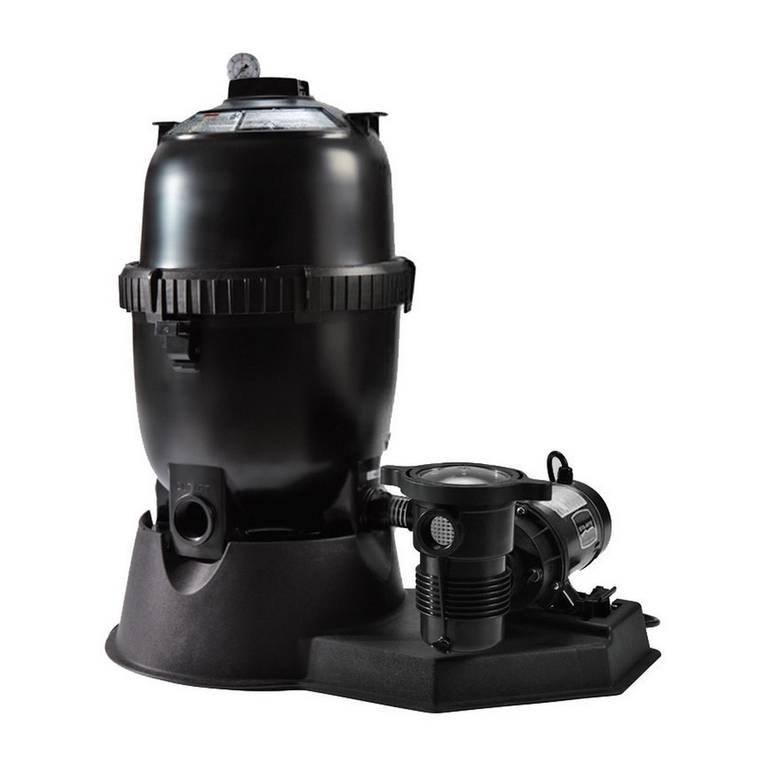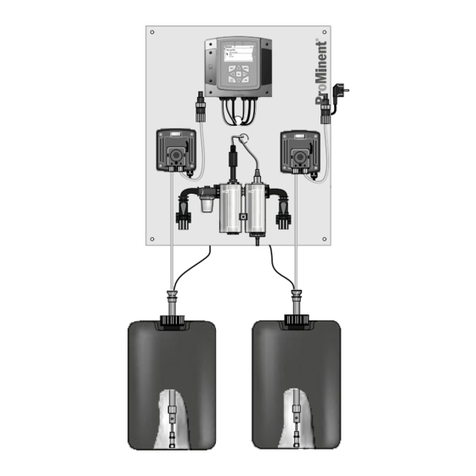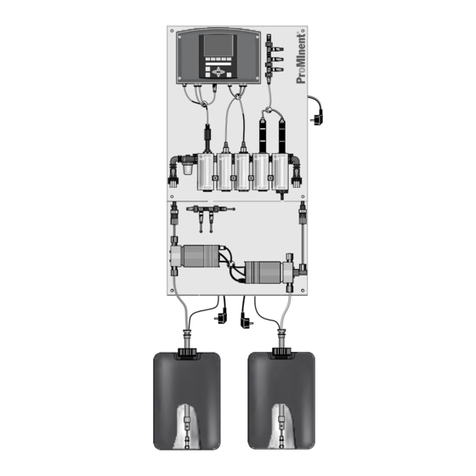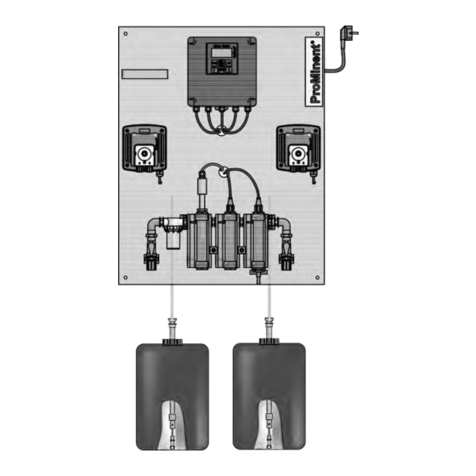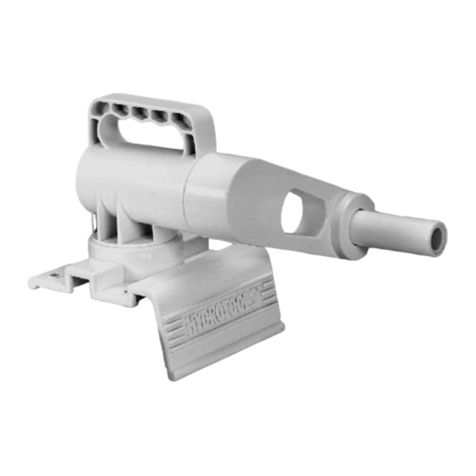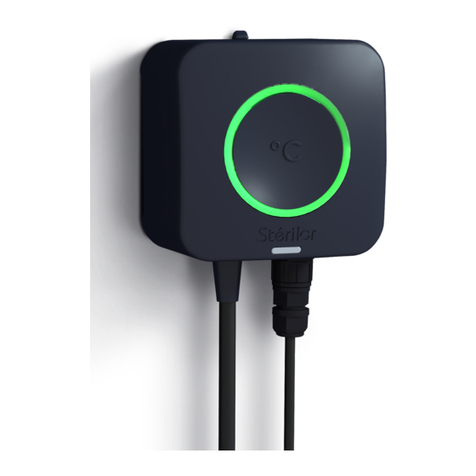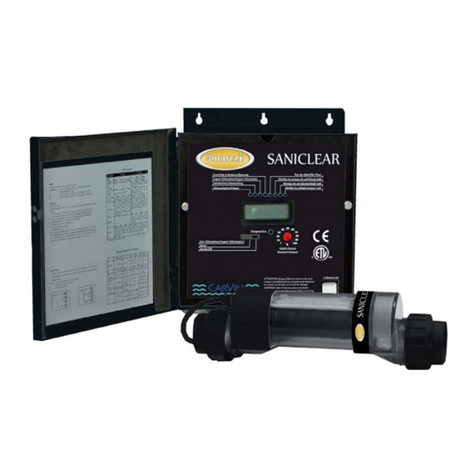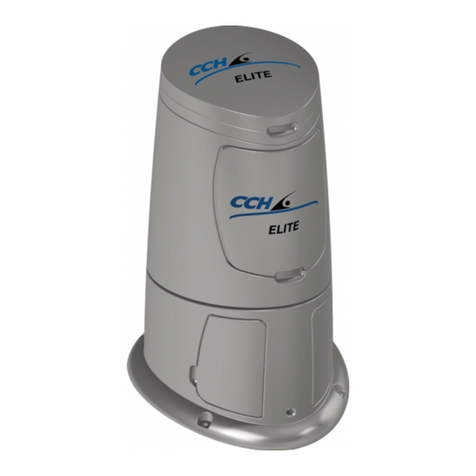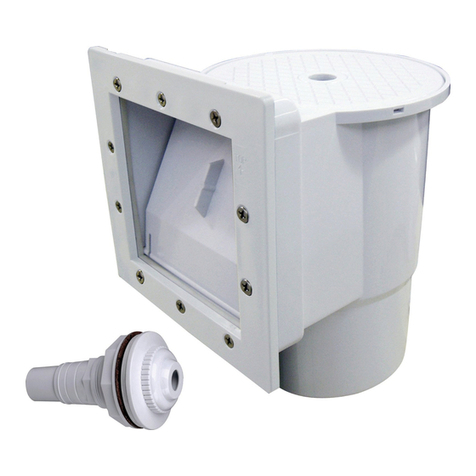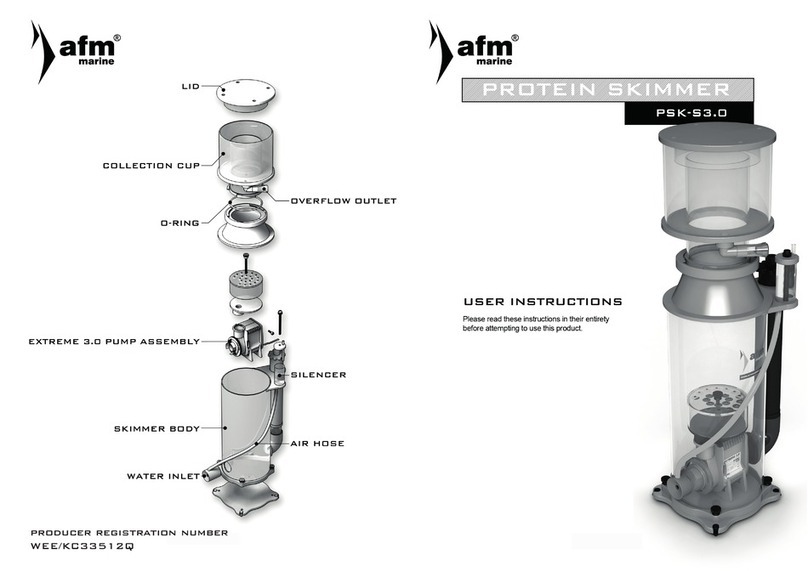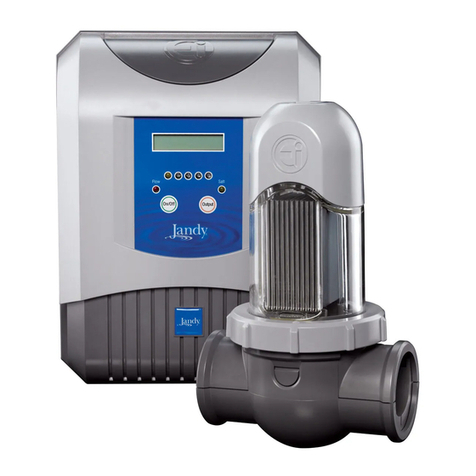
Table of contents
1About this product................................................................. 5
1.1 Overview of equipment................................................. 6
1.1.1 Control elements........................................................ 7
2 Identity code.......................................................................... 8
3Safety and responsibility..................................................... 10
3.1 User qualification........................................................ 10
3.2 Labelling of Warning Information................................ 11
3.3 General safety information.......................................... 12
3.4 Intended use............................................................... 13
4 Storage and transport......................................................... 14
5 Assembly............................................................................ 15
5.1 Scope of delivery........................................................ 15
5.2 Wall-mounted.............................................................. 15
5.3 Construction of the bypass fitting................................ 16
5.4 Hydraulic installation................................................... 18
5.4.1 Metering system...................................................... 20
5.4.2 Testing the hydraulic installation of the metering
system..................................................................... 21
5.4.3 Check the system for negative pressure................. 21
5.4.4 Assembly of the vent valve (optional)...................... 21
5.4.5 Installation of the sensors to determine the water
quality...................................................................... 22
5.5 Electrical installation................................................... 23
5.5.1 Cable Cross-Sections and Cable End Sleeves....... 24
5.5.2 Connecting the terminals......................................... 24
5.5.3 Installation (electrical).............................................. 24
5.6 Connecting sensors.................................................... 25
5.7 Potential-free switch connector, e.g. remote control... 25
5.8 Powered relay connector............................................ 27
5.9 Terminal diagram........................................................ 28
5.10 Cable Cross-Sections and Cable End Sleeves........ 29
5.11 Electrical fuses.......................................................... 29
5.12 Assembly of the potential equalisation and earthing
connector (optional accessories).............................. 29
5.12.1 Mounting kit........................................................... 29
5.12.2 Assembly of the potential equalisation.................. 30
5.12.3 Assembly of the earthing cable.............................. 30
6 Start up............................................................................... 31
6.1 Adjusting the setpoint for pH....................................... 32
6.2 Adjusting the setpoint for ORP................................... 32
6.3 Adjusting the flow sensor switching point................... 32
7 Replacing the chemical storage tanks................................ 33
8 Operation and user interface.............................................. 34
8.1 Settings in the header................................................. 34
8.1.1 Setting the date and time......................................... 35
8.2 Displaying the details of a measuring channel........... 35
8.3 Measuring channel settings........................................ 37
8.4 Digit input screen........................................................ 38
8.5 Programming screen.................................................. 38
Table of contents
3

